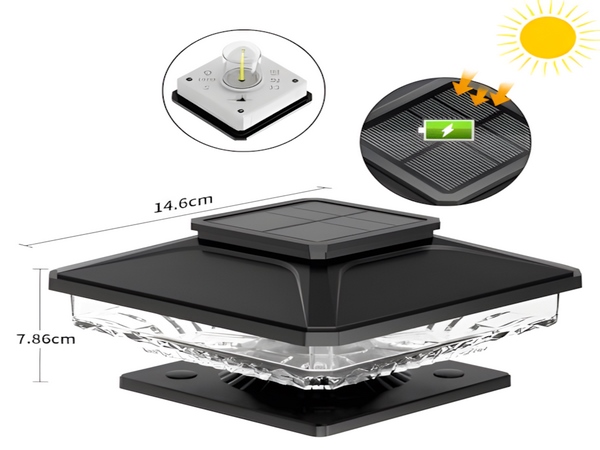
The country is currently promoting the use of renewable energy. Various regions are also responding to the call to use long-lasting, safe, and environmentally friendly solar street lights. Solar street lights utilize sunlight as energy, with solar panels charging batteries during the day and batteries powering the lights at night, eliminating the need for complex and expensive wiring. The layout of the lights can be adjusted freely, providing safety, energy savings, and pollution-free operation without manual intervention. This system is stable and reliable, saving electricity and requiring no maintenance. So how do we determine the parameters of the various components of solar street lights? Let’s take a look together.
Experience Algorithm:
1. Electrical appliance power: wattage of the light fixture.
2. Power usage time: duration the light is on.

3. Local peak sunlight hours: the longest time the solar panel receives sunlight.
4. System voltage: usually 12V or 24V.
Theoretical Algorithm:
1. Total current = wattage of the light / system voltage.
2. Autonomy time = daily power usage time * number of cloudy or rainy days.

3. Total power consumption = light power * daily power usage time.
When purchasing solar street lights, determine the required wattage, duration of illumination, and the number of consecutive cloudy days for lighting, then calculate using the formulas to get the parameters of solar street lights that meet your requirements (commonly used experience formula for calculating solar street light parameters).
After receiving the merchant’s quoted parameters, you can also verify whether these parameters are accurate.
This concludes our discussion on how to determine the parameters of the various components of solar street lights. We hope this article is helpful. If you have any questions, feel free to leave a message, and we will respond as soon as possible.



